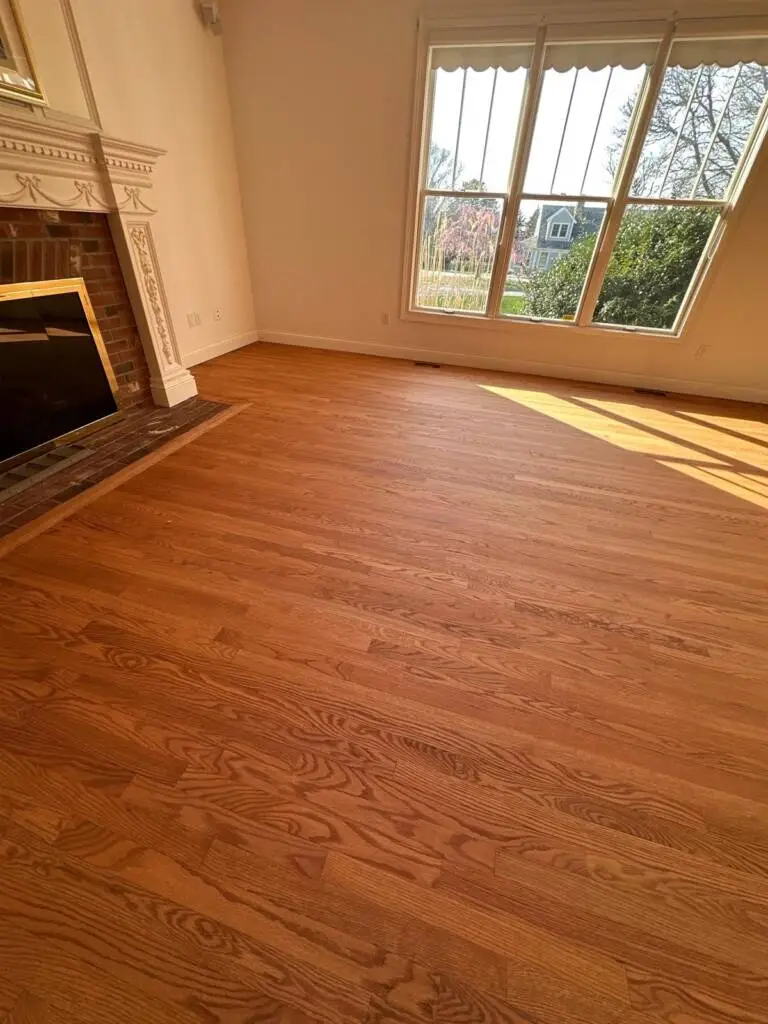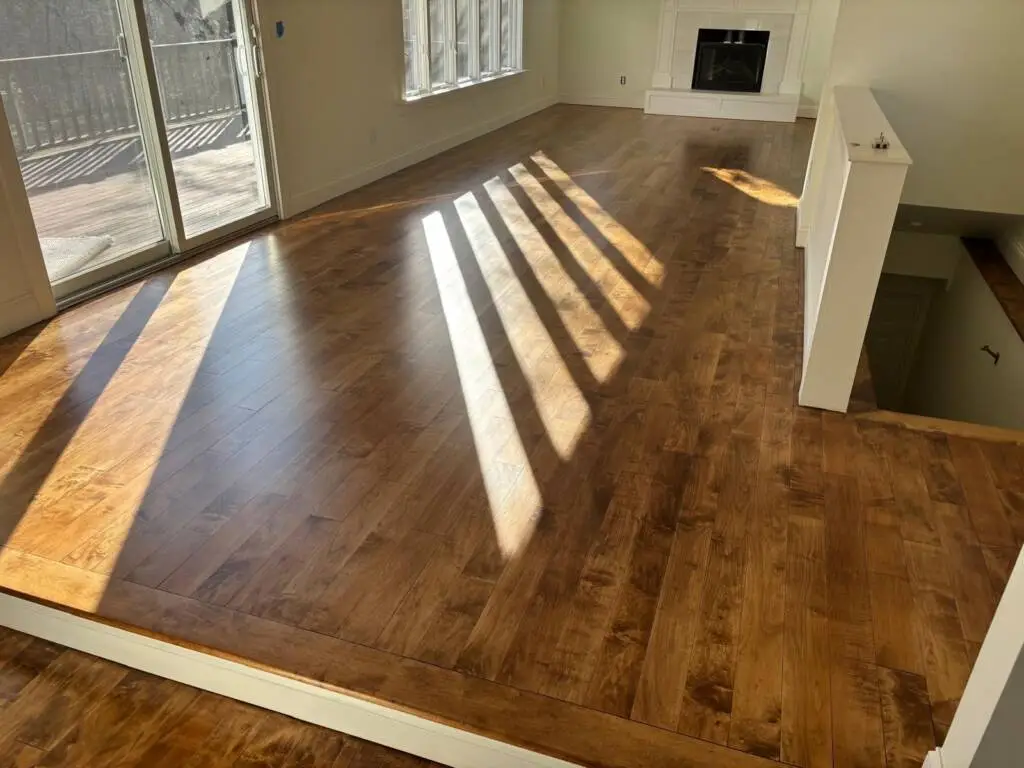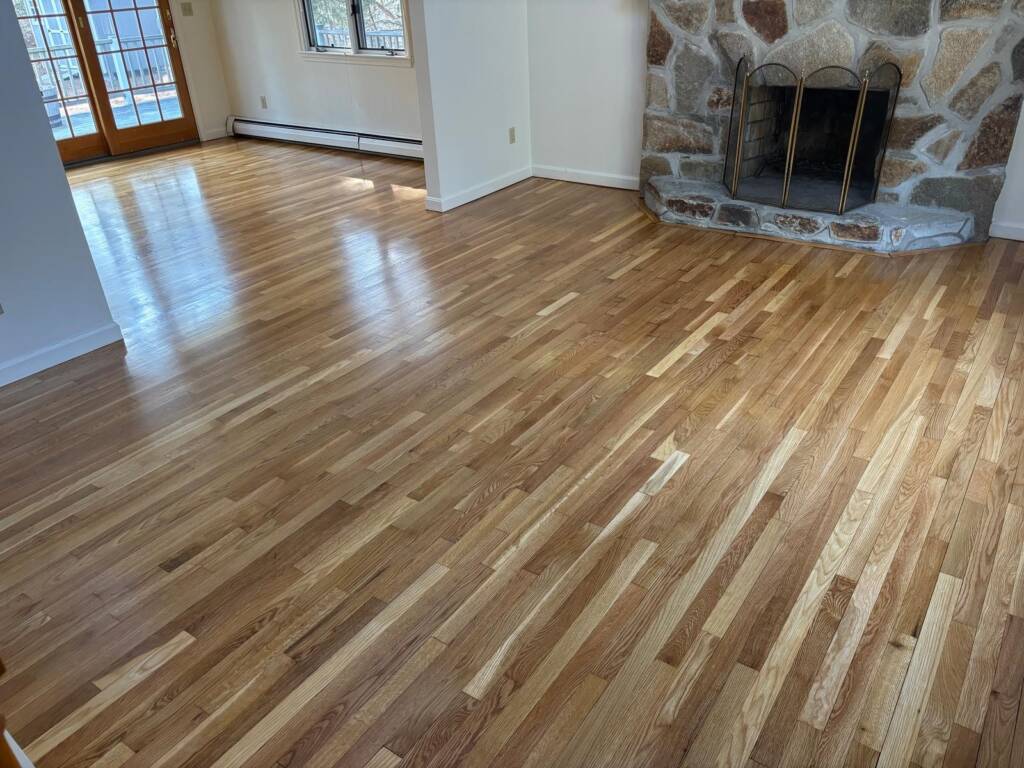When it comes to flooring options, hardwood and laminate are two of the most popular choices among homeowners. Both offer unique benefits and come with their own set of trade-offs. If you’re remodeling or building a new home, understanding the key differences between hardwood and laminate flooring can help you make an informed decision that fits your lifestyle, aesthetic preferences, and budget.
Appearance and Aesthetic Appeal
Hardwood flooring is prized for its natural beauty and timeless appeal. Made from solid pieces of wood, each plank showcases unique grain patterns and textures that can’t be replicated. Options like oak, maple, cherry, and walnut bring richness and character to any space. Over time, hardwood develops a patina that adds to its charm and authenticity.
Laminate flooring, on the other hand, is a synthetic product made by layering a high-resolution image of wood grain over fiberboard and sealing it with a protective wear layer. While early laminate designs looked noticeably artificial, advancements in printing technology have made modern laminate floors remarkably realistic. Some high-end laminates even include textured surfaces to mimic real wood grain.
Verdict: If visual authenticity and uniqueness are top priorities, hardwood has the edge. For a cost-effective alternative with impressive realism, laminate is a strong contender.


Durability and Maintenance
Hardwood flooring is relatively durable but not immune to damage. It can be scratched by pets, dented by heavy furniture, or stained by spills if not cleaned promptly. However, solid hardwood can be sanded and refinished multiple times, allowing homeowners to restore its original appearance.
Laminate flooring is extremely durable and resistant to scratches, moisture, and wear. Its tough top layer makes it ideal for high-traffic areas, households with pets or children, and rooms prone to spills. However, once damaged, laminate can’t be refinished — only replaced.
Verdict: Laminate wins in terms of surface durability and low maintenance. Hardwood offers the long-term benefit of refinishing but requires more care.
Cost Comparison
Hardwood floors tend to be significantly more expensive than laminate. Costs vary depending on the type of wood, with exotic species commanding premium prices. Installation also adds to the expense, as hardwood often requires professional expertise.
Laminate flooring is a budget-friendly option. Material costs are lower, and many laminate products feature click-lock designs that make them easier and cheaper to install, even as a DIY project.
| Flooring Type | Material Cost (per sq. ft.) | Installation Cost (per sq. ft.) |
|---|---|---|
| Hardwood | $3 – $10 | $3 – $8 |
| Laminate | $1 – $6 | $2 – $4 |
Verdict: Laminate is the clear winner for budget-conscious homeowners.
Resale Value
Hardwood flooring is widely recognized as a premium feature in real estate listings. It can significantly boost a home’s resale value and appeal to prospective buyers who appreciate natural materials and classic aesthetics.
Laminate flooring adds less value to a home compared to hardwood. While it looks good and serves practical needs, it’s generally not viewed as a luxury material.
Verdict: Hardwood offers a better return on investment in the long term.

Comfort and Sound
Hardwood flooring tends to feel warmer and more solid underfoot. It also provides better insulation against sound when paired with the right underlayment.
Laminate flooring can feel hollow or clicky when walked on, particularly if not installed with a sound-absorbing underlayment. However, it’s generally comfortable enough for daily use.
Verdict: Hardwood provides a more luxurious feel underfoot, while laminate can be made more comfortable with the right setup.

